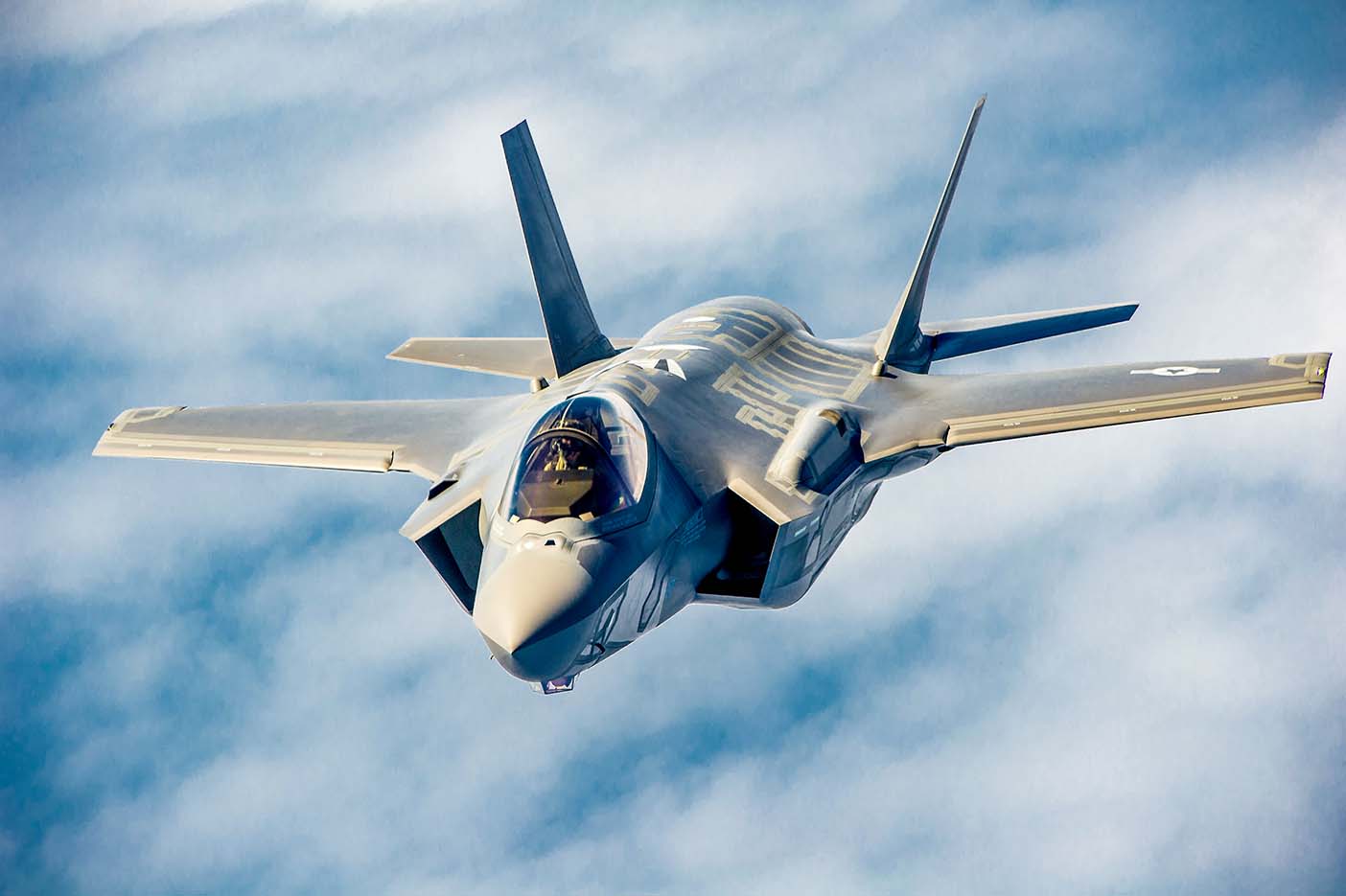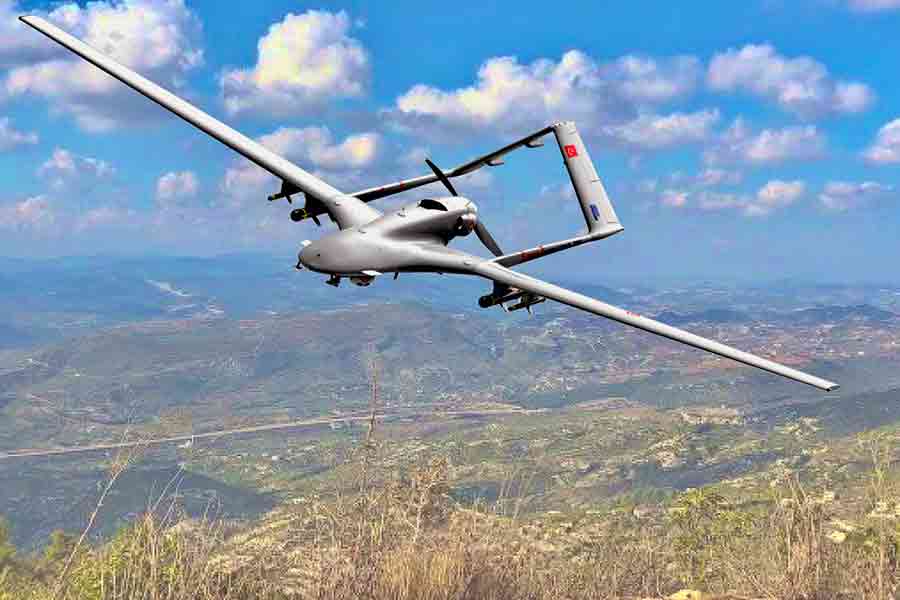The F-35 program, although considered groundbreaking in terms of technology and combat capabilities, has been controversial from the very beginning. The main problems with the F-35 include its huge costs, prolonged delivery times and numerous technical problems. These issues have led many countries and experts to express concerns about the program's effectiveness.
Rising Costs
One of the most criticized aspects of the F-35 program is its enormous cost. According to estimates, the total cost of the program, including research, development, production and support, could be as much as $1.7 trillion, making it one of the most expensive weapons programs in history. The unit cost of the plane itself, which, depending on the version, oscillates around $80-100 million, is very high.
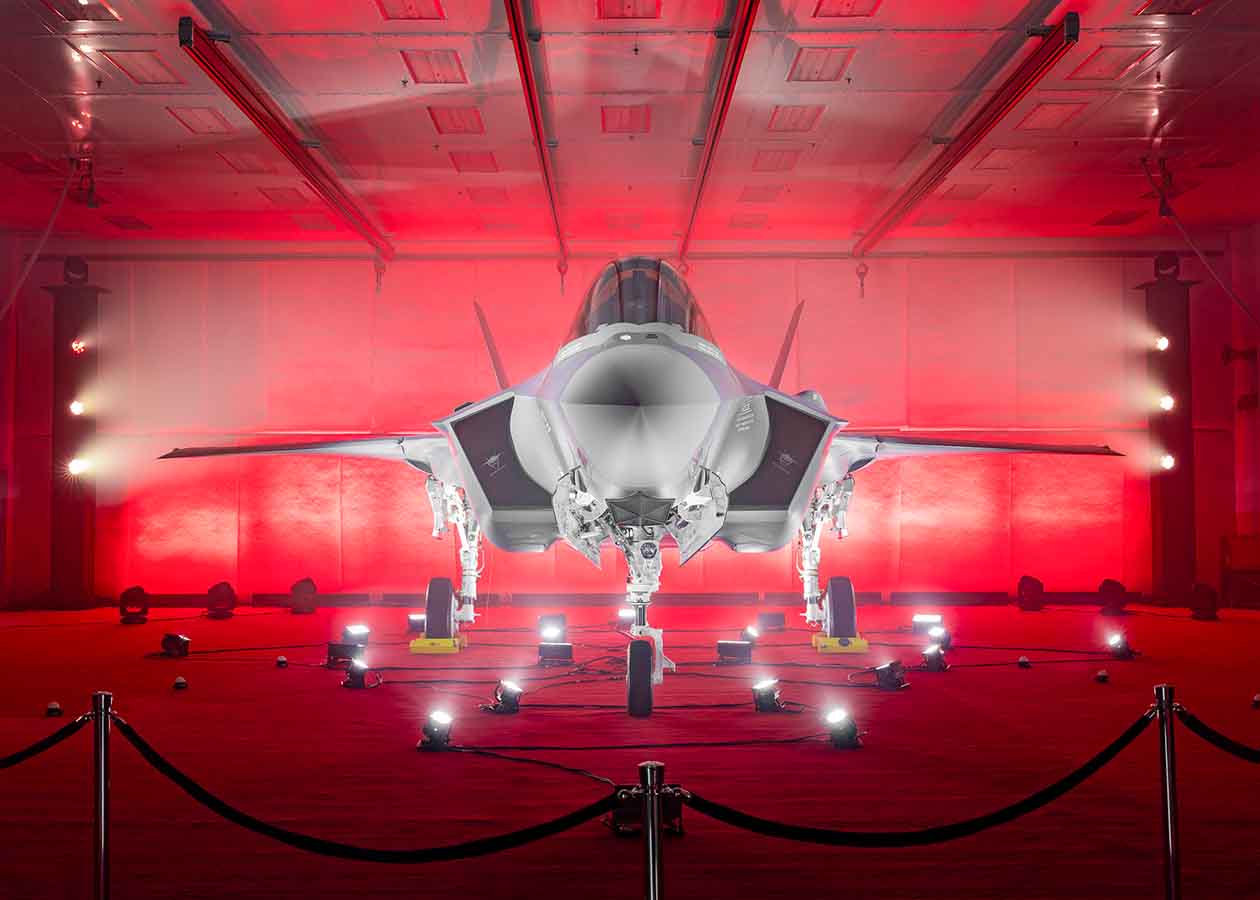
F-35 for Poland (Source: Lockheed Martin)
These costs are not only incurred during the purchase itself. Operating the F-35 is also extremely expensive. The annual maintenance costs of one aircraft are estimated at millions of dollars, which raises doubts as to whether all the countries that have purchased the F-35, including Poland, will be able to keep them combat-ready throughout their service life.
Critics in Poland have argued that the purchase of 32 F-35s for $4.6 billion is a huge burden on the state budget. They have pointed out that the unit price of the fighter, around $100 million, is only part of the cost. To this must be added the high costs of operation and maintenance, which may be difficult for the Polish budget to bear.
In the long term, operating the F-35 may prove to be much more expensive than anticipated, raising concerns about the effectiveness of this expenditure.
Delays and Extended Delivery Times
The F-35 program has been repeatedly delayed by technical and production issues. The aircraft was originally scheduled to be available to operators in the mid-2000s, but the first full operational units did not begin to be delivered until the 2010s. Software improvements, integration of new systems, and combat testing took longer than expected, causing delays in deliveries to many countries.
In 2020, there were further delays when the Pentagon suspended the delivery of F-35 fighters due to issues with a software update (Technology Refresh 3). These delays caused frustration among program partners, such as NATO countries that planned to integrate the F-35 into their armed forces in a shorter time frame.
Technical Problems
The F-35 is plagued by a variety of technical issues that have challenged the program since its inception. Some of these issues include:
Software Issues: The F-35 aircraft is highly dependent on advanced software that controls most functions, from weapons systems to stealth systems. Delays in software updates, code errors, and issues with integrating new features were among the key reasons for prolonged testing and deliveries.
Pilot Helmet Issues: The advanced pilot helmet, equipped with HUD displays that provide key data in real time, was one of the F-35’s innovations. However, the helmet initially suffered from data lag issues that could impact combat mission efficiency. Although this issue has been partially resolved, further improvements were required to achieve full functionality.
Engine Issues: Early F-35s struggled with the Pratt & Whitney F135 engine, which would fail or overheat during extended flights. In 2020, the Pentagon reported issues with engine parts overheating, requiring additional testing and modifications.
Political and Economic Criticism
The F-35 program has also been criticized by politicians and military analysts. Some countries have questioned whether buying such expensive aircraft is justified. Some critics have argued that the same money could buy a larger number of less advanced but more technologically accessible fighters that would also meet defense needs.
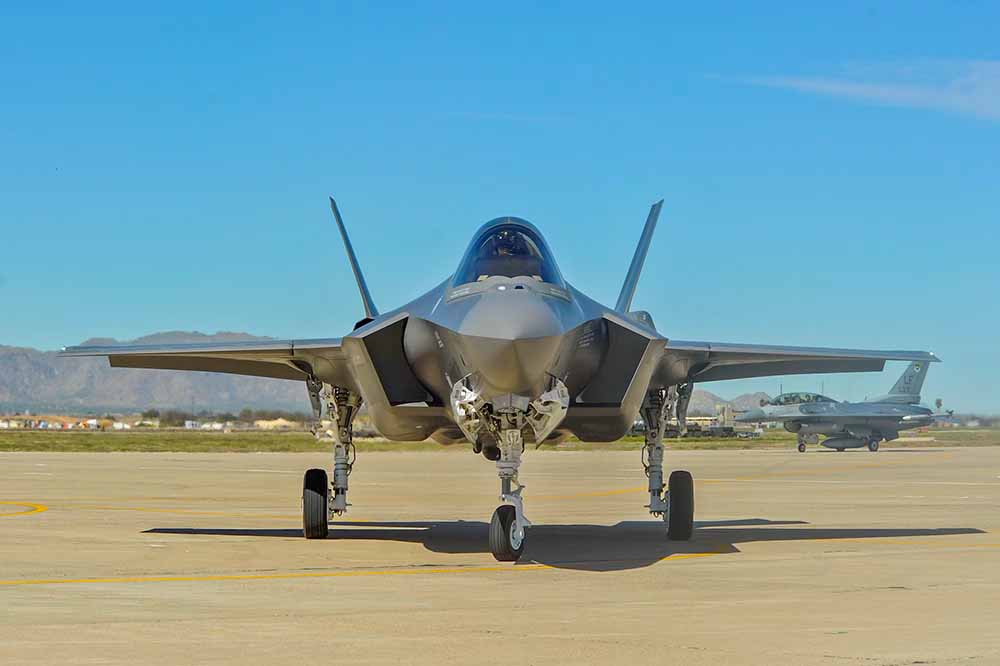
Lockheed Martin F-35 (Source: USAF)
In the United States, the F-35 program has been criticized by Congress, which has repeatedly cited rising costs and the project’s protracted development. Some politicians, such as Senator John McCain, have openly criticized the program for excessive costs and technical problems that have repeatedly caused delays and the need for additional investment.
In Poland, as around the world, the F-35 program was criticized for numerous technical problems and delivery delays. Critics feared that Poland could fall victim to these delays, and that the delivered fighters could still have insufficiently proven technologies, such as software or engine problems. As a result, purchasing the F-35 was seen as a risky investment in not fully proven equipment that could require further modifications.
Alternatives to the F-35
Critics of Poland's F-35 purchase have suggested that there are other, cheaper options for air force modernization that could meet the country's defense needs without such a large investment.

F-35 Lightning II (Source: Lockheed Martin)
The possibility of purchasing modern but less technologically advanced aircraft, such as the Eurofighter Typhoon or F-16 Block 70/72, which would be more affordable and easier to operate, was raised. Alternative fighters could also better fit the needs of regional defense, without having to incur the huge costs associated with stealth technology and advanced systems integrated in the F-35.
Dependence on the USA
Some critics have pointed to Poland's strong dependence on the US, which results from the purchase of the F-35. These aircraft require constant logistical and technical support from the manufacturer, which may result in limiting Poland's operational sovereignty. In the event of a diplomatic crisis or a change in US political priorities, Poland could have difficulty maintaining its F-35s in combat readiness on its own.
Non-existent Support for the Polish Industry
Poland’s F-35 purchase did not include significant offset agreements, such as the production of aircraft parts in Poland. The F-35 program, managed by an international consortium led by Lockheed Martin, operates on the principle of global supply chains, meaning that the production of parts is dispersed across different countries.
Many F-35 partner nations, such as Italy and Japan, have manufacturing or service facilities, as they have borne part of the development costs. Poland has not been given this role under the current agreement, as it was not a partner in the project. The first-tier partner is the United Kingdom, contributing over $2 billion, the second-tier partner is Italy, contributing $1 billion, and the Netherlands, $800 million. The third-tier partners are Turkey ($175 million), Australia ($144 million), Norway ($122 million), Denmark ($110 million), and Canada ($100 million) – together, the partners’ share is around 10% of the project costs.
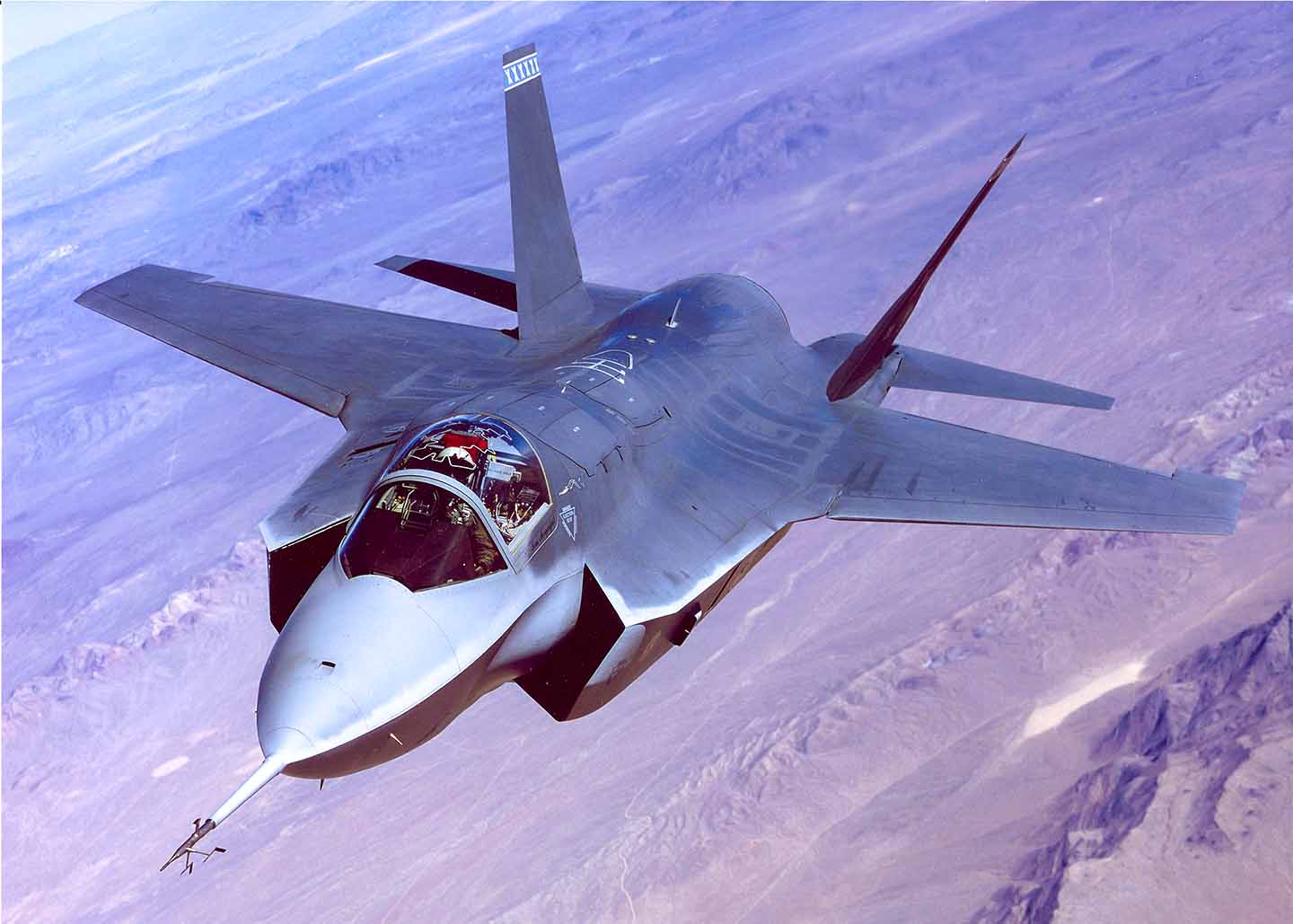
X-35, the F-35 prototype (Source: Wikipedia)
However, in the context of logistical support and servicing, there are plans to train Polish technicians and pilots, as well as to use existing infrastructure service points in Europe.
Poland will have to use the NATO service network, especially service points located in Western Europe, such as Italy or Norway, which are the main service centers for European F-35 users.
The lack of direct offset agreements for Poland has sparked some controversy and criticism in the country, as other countries such as Italy, Israel and Japan have been granted more extensive industrial cooperation programs as part of their F-35 contracts.
Suitability to the Polish Conditions
Another argument was the question of whether Poland really needs such advanced equipment as the F-35, given its specific defence needs.
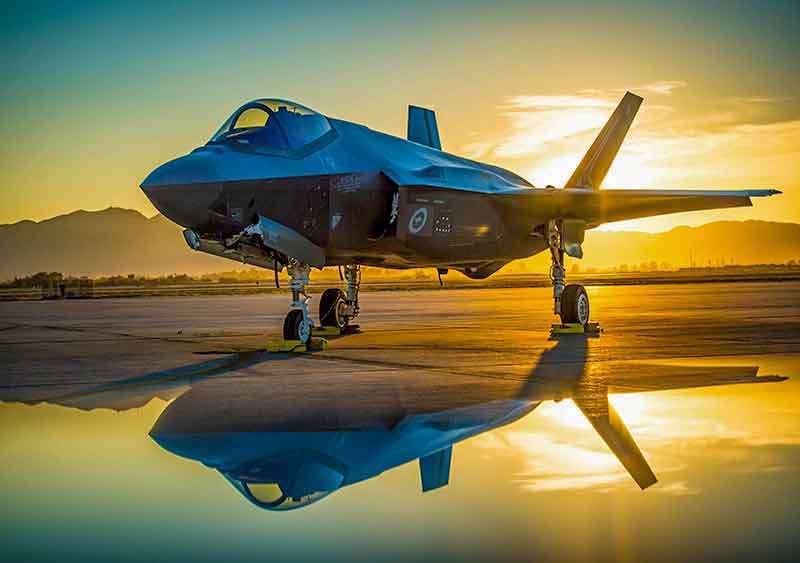
F-35 Lightning II - on the ground (Source: Lockheed Martin)
Critics argued that Poland, although it borders Russia and Belarus, could better invest in anti-aircraft defense, missile systems and the development of land forces, which in practice would be more important in the event of a potential conflict on NATO's eastern flank.
Summary
Although the F-35 is considered one of the most advanced tools in modern warfare, the program has been controversial from the outset due to costs, delays and technical issues.
The purchase of the F-35 by Poland was presented as a significant step in the modernization of the Polish armed forces, but it was accompanied by many doubts. Costs, technical problems, risk of delays and dependence on the US were the main arguments put forward by critics.
Despite these challenges, many nations continue to invest in the program as the future of defense and combat capabilities. However, questions remain about whether the F-35 will live up to all the expectations placed on it and whether it will be able to maintain its position as a key element of the global defense strategy.







